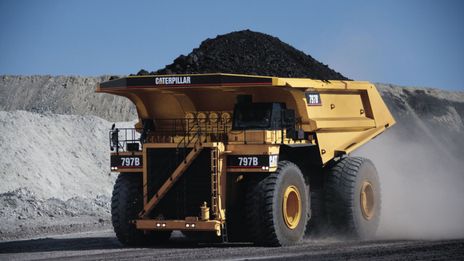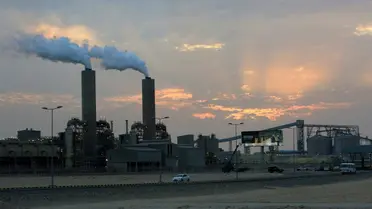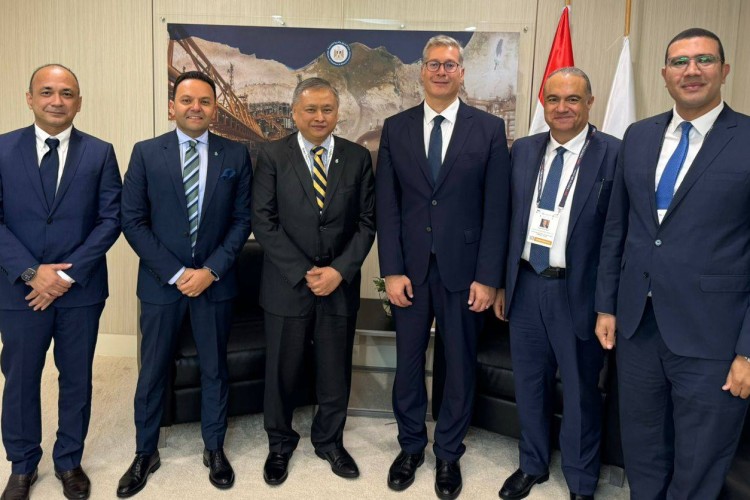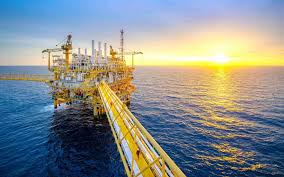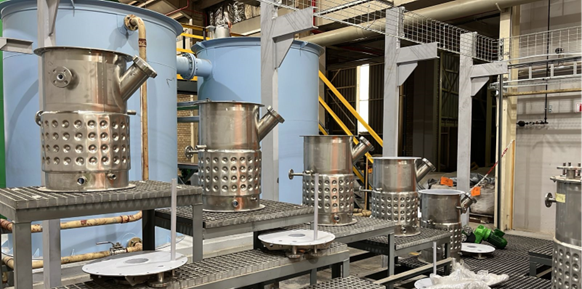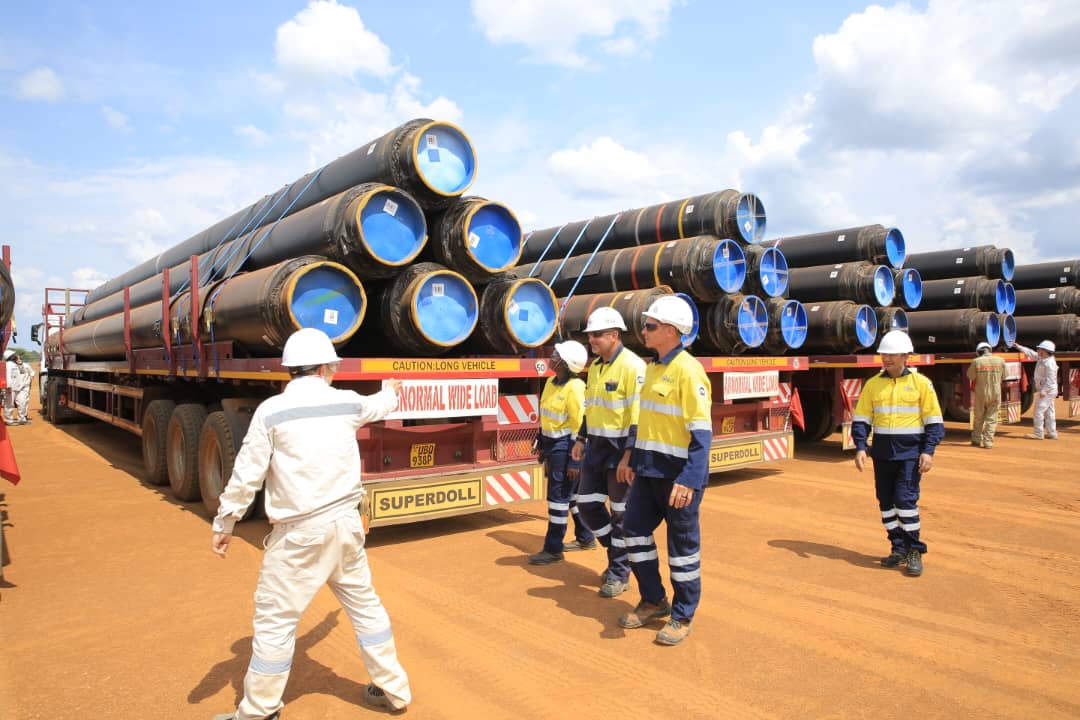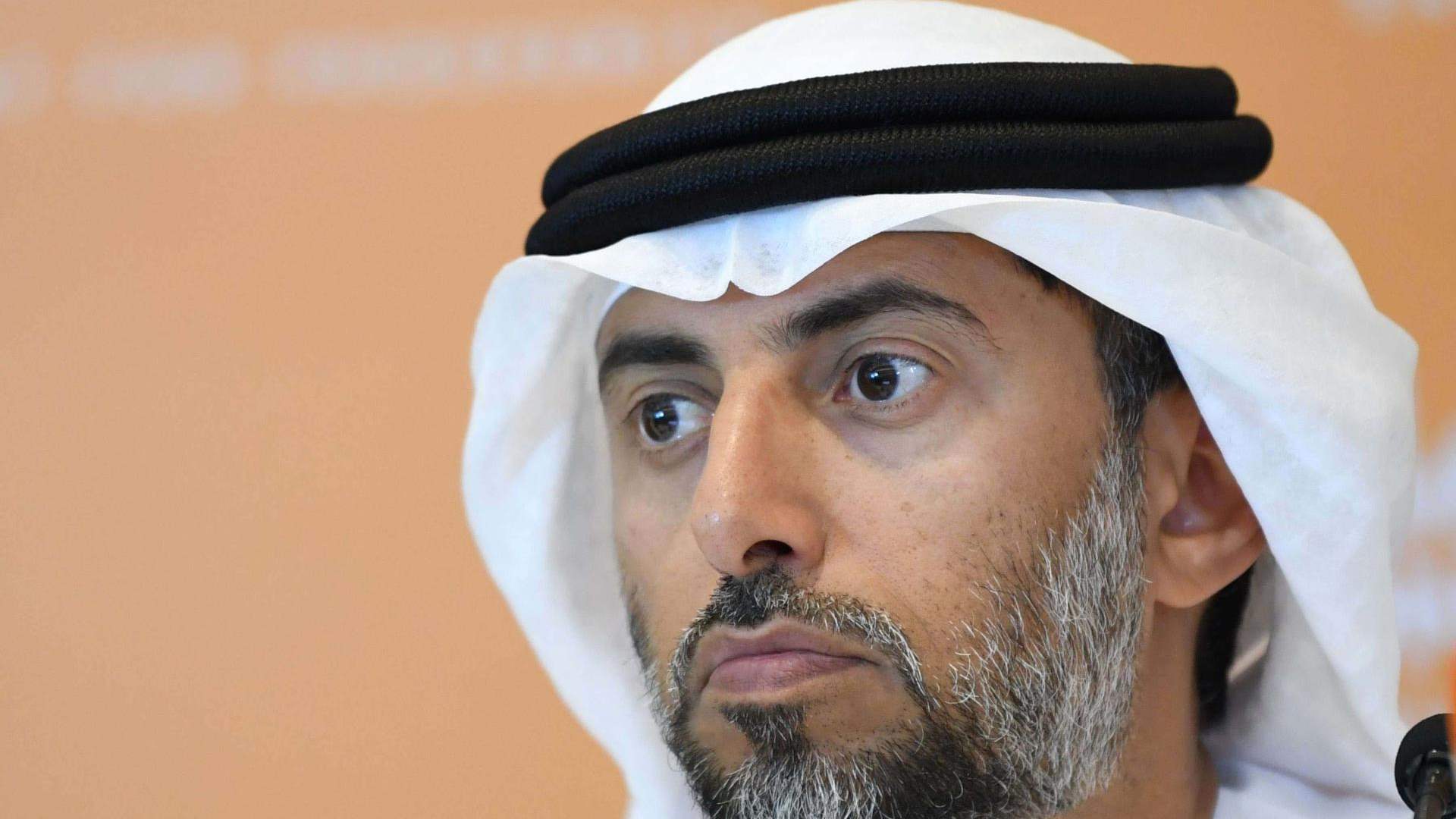Distribution

Can Nigeria become Europe’s new gas gateway?
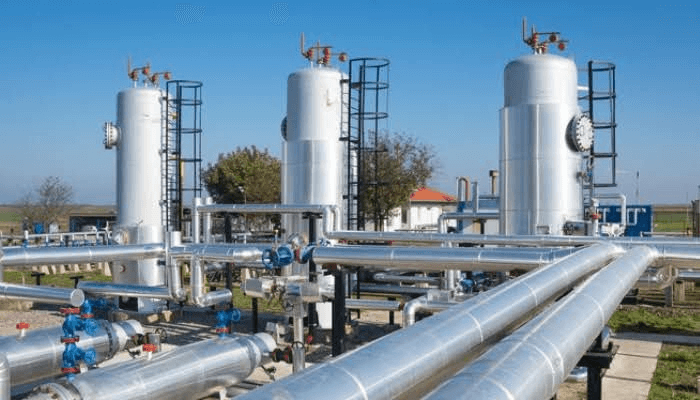
As the European Union continues to seek alternatives to Russian , Nigeria cogasuld position itself at the centre of new transcontinental energy corridors connecting Africa to Europe. The resource-rich nation has the capacity to help European countries diversify their natural gas supply mix, which is why its strategic importance in the global energy landscape is expected to grow.
The war in Ukraine has led to what is widely regarded as Europe’s “energy divorce” from Russia. As a result, the EU – once heavily dependent on Russian gas – has turned to the United States for liquefied natural gas (LNG), while Moscow has redirected its energy flows eastward.
The problem, however, is that 51 billion cubic metres (bcm) of LNG Europe imported from the US in 2024 cannot compensate for 155 bcm of natural gas the EU was purchasing from Russia before the Ukraine conflict. Although Nigeria is prepared to increase its LNG exports to Europe, this alone will still fall short of bridging the supply gap.
The global energy market is constantly changing, driven by various regional priorities and shifts in supply and demand, as well as geopolitical factors. To address its complex energy challenges, Europe needs both LNG and pipeline natural gas.
Fully aware of this, European leaders see the Trans‑Saharan Gas Pipeline (TSGP) – planned to run from Nigeria’s Warri region, through Niger, to Hassi R’Mel in Algeria, and further to Europe – as a potential long-term solution.
From the European perspective, increasing LNG imports from Nigeria, while encouraging regional actors to move forward with the construction of the 4,128-kilometre (2,565-mile) Trans‑Saharan Gas Pipeline, represents a strategic step toward enhancing energy security. The project is widely seen in the broader context of Europe’s desire for diversified energy supplies, especially in view of supply challenges following global the war in Ukraine
Key actors involved in this initiative – Nigeria’s National Petroleum Corporation (NNPC), Algeria’s Sonatrach, and the Italian engineering firm Ansaldo Energia – expect the TSGP (also known as the Trans-African gas pipeline) to begin to become operational around 2030. To achieve this ambitious goal, they will have to invest $13 billion in its construction.
The fact that, in February, Nigeria, Algeria, and Niger signed key agreements to advance the Trans-Saharan Gas Pipeline suggests that African nations see the project as one of their top energy priorities. However, the TSGP is designed to transport “only” 30 billion cubic metres of natural gas per year, which is unlikely to satisfy Europe’s needs.
That is why European nations are counting on another large-scale project – the Nigeria‑Morocco Gas Pipeline (NMGP). It would run from Nigeria, through multiple West African coastal countries (Benin, Togo, Ghana, Côte d’Ivoire, Liberia, Sierra Leone, Guinea, Guinea-Bissau, Gambia, Senegal, and Mauritania), to Morocco, and then onwards to Europe. The NMGP would be an extension of the existing West African Gas Pipeline, connecting Nigeria with Benin, Togo, and Ghana.
Although Morocco reportedly began construction on its section of the pipeline in August, it remains unclear when the project will be completed. More optimistic sources suggest the pipeline could be operational as early as 2029, while other reports indicate it may not be completed before 2046. One thing is for sure: upon completion, it will be the world’s longest offshore pipeline and the second-longest pipeline overall.
The project, also known as the African Atlantic Gas Pipeline (AAGP), is jointly led by Morocco’s National Office of Hydrocarbons and Mines (ONHYM) and the Nigerian National Petroleum Company Limited (NNPCL). The pipeline is expected to transport 30 billion cubic metres of natural gas per year, which, combined with another 30 billion cubic metres from the Trans-Saharan Gas Pipeline, could help partially address Europe’s energy shortages.
The challenge, however, lies in the competition between the two projects, which raises questions about which will receive priority funding. Still, given that the United Arab Emirates, China, and the United States showed interest in investing in the Nigeria-Morocco Gas Pipeline, it is now seen as more likely to move ahead first.
In the long term, both projects may provide Europe with new access to Africa’s gas reserves, helping to cut its dependence on traditional suppliers. In this geopolitical game, Nigeria – an OPEC member with the largest gas reserves in Africa and the seventh-largest in the world – plays a crucial role.
It is, therefore, unsurprising that this year ADIPEC, the world’s largest energy event, being held this year with a special focus on building energy resilience to support inclusive global progress, will feature several Nigerian energy ministers and company CEOs within its conference lineup of global energy leaders. With more than 200 trillion cubic feet of proven gas reserves, the country is positioning itself as a key energy partner not only for Africa but also for Europe and other global markets seeking to diversify their energy sources.
But given that much of Nigeria’s reserves remain untapped due to infrastructure deficits and underinvestment in the sector, serious obstacles remain before Africa’s most populous nation can fully capitalise on its energy potential and meet growing international demand.





